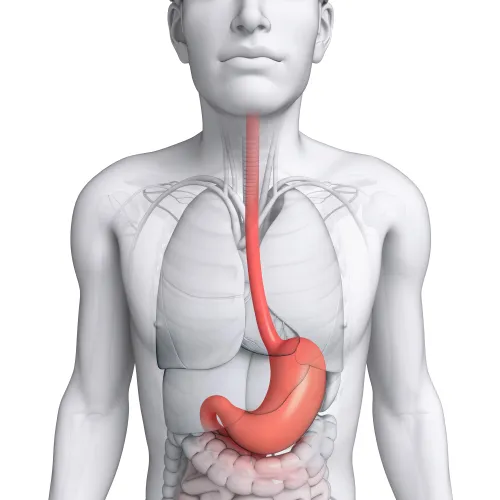Gastroenterology Coding Alert
CMS Offers Reprieve from Big E/M Changes
Keep an eye on the upcoming changes, however. GI practices have been keeping a close eye on CMS’ plans for 2019, particularly since the proposed Medicare Physician Fee Schedule suggested that some big changes could be on deck for the new year. Fortunately, nothing particularly dramatic will be coming your way in January, but some changes are lined up that could affect your coding in the future. Read on for the highlights of what CMS finalized in the 2019 Fee Schedule Final Rule. Big E/M Changes Delayed When CMS created its proposed rule for 2019, the agency had suggested making major changes to the outpatient E/M codes, which would have debuted a single payment rate for levels two through five office/outpatient services. However, that proposed change will not be finalized for 2019. Here’s why: “Commenters largely objected to our proposal to eliminate payment differences for office/outpatient E/M visit levels 2 through 5 based on the level of visit complexity,” the MPFS noted. Therefore, outpatient practices will continue coding and collecting using the current parameters and guidelines through 2020 -- but in 2021, revised options for the E/M requirements will be published. You’ll also find the following changes that are scheduled to hit on Jan. 1: Even the small rollbacks in 2019 will make a difference for providers struggling with too much administration. “There is little doubt that efforts to reduce regulatory burdens and simplify the documentation requirements for E/M visits will be welcomed by physicians and hospitals,” says attorney Benjamin Fee, Esq., of Dorsey and Whitney LLP in the Des Moines, Iowa office. CMS Finalizes Virtual Care Options CMS did boost its acceptance of tech-forward options with the decision to separately reimburse practitioners for two virtual care options. Here is an overview of the two finalized HCPCS code choices: Important: The creation of these virtual service codes is to assist physicians in determining whether an in-person visit with the patient is warranted, indicates CMS in the final rule. Though they bolster more efficient care, these non-face-to-face codes come with a laundry list of documentation rules (i.e. patient must be established, service cannot lead to an E/M visit, and so on) that show medical necessity and are meant to curb “overutilization,” warns the agency. CMS notes in the MPFS guidance that it plans on “monitoring” providers’ usage closely. Although a telephone or video visit could not be reported separately for an issue handled during a face-to-face visit within the prior seven days, the language suggests that if a different (not related) issue came up, it could warrant separate reporting of a service that typically would take five to 10 minutes of patient interaction, Littenberg said. “For both G codes, recording the time spent and the documentation required for medical necessity are important.” Interprofessional Services Get Revisions, New Codes You’ll have some changes to interprofessional telephone/internet services in the new year that were recently finalized in the CY 2019 MPFS as well. Revisions: The revisions focus mainly on the inclusion of “electronic health record” into the descriptor. Moreover, according to the final rule, these previously bundled codes will now be paid separately, too. The CPT® codes are as follows: New codes: Meanwhile, you can add the following two codes to your CPT® checklist that primarily focus on a written report and referral service: Resource: Read the 2,378-page MPFS CY 2019 final rule at https://s3.amazonaws.com/public-inspection.federalregister.gov/2018-24170.pdf.
Related Articles
Gastroenterology Coding Alert
- Recovery Audit Contractors:
RACs Scrutinize Surgical, Diagnostic Endoscopies at Same Session
Watch your endoscopic coding to stay off auditors’ radar screens. You may think your gastroenterology [...] - 2019 Payment:
CMS Offers Reprieve from Big E/M Changes
Keep an eye on the upcoming changes, however. GI practices have been keeping a close [...] - Looking Ahead:
Here's What to Expect in 2021
Although CMS won’t be instituting big changes to E/M coding and documentation when the calendar [...] - Patient Privacy:
Could Enteral Feeding Device Data Get Hacked?
Tip: Keep medical devices off the network if possible. You’ve tightened up your HIPAA processes, [...] - You Be the Coder:
Know the Documentation Rules When Coding Based on Time
Question: Thank you for your article last month about coding E/M visits based on time. We [...] - Reader Question:
What's the 411 on Modifier GT?
Question: I heard that there was an update about modifier GT but don’t understand it. Could [...] - Reader Question:
Workers' Comp for GI Practice
Question: A 66-year-old patient presented to our gastroenterology practice for evaluation of an abdominal injury he [...]




